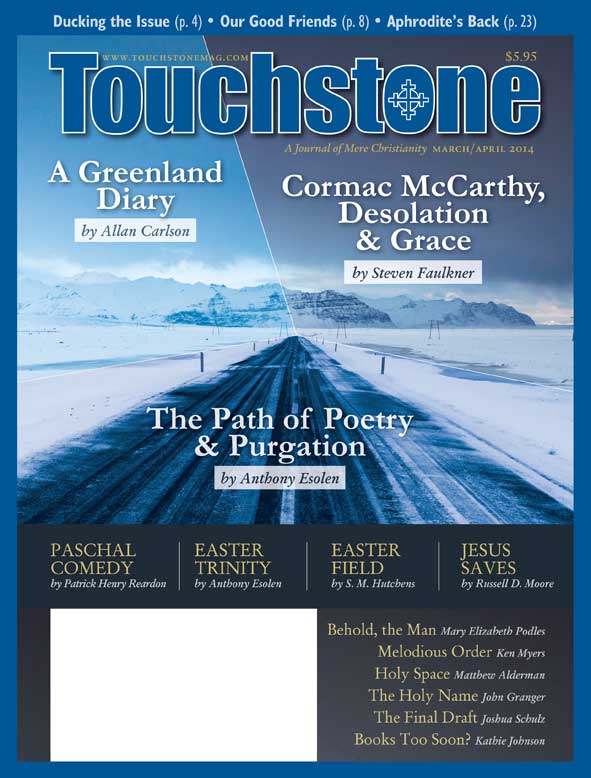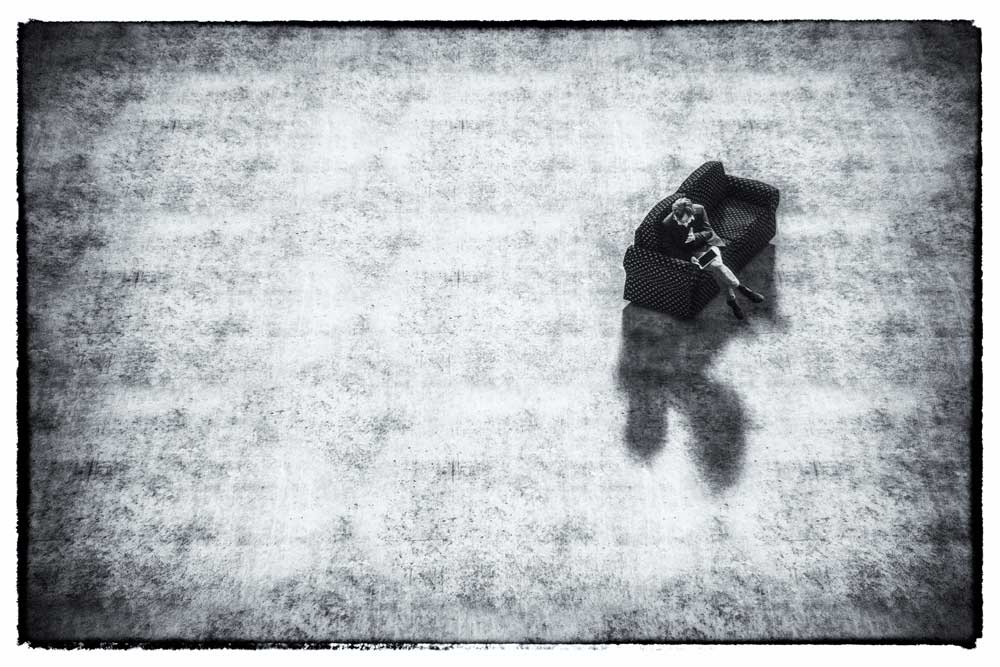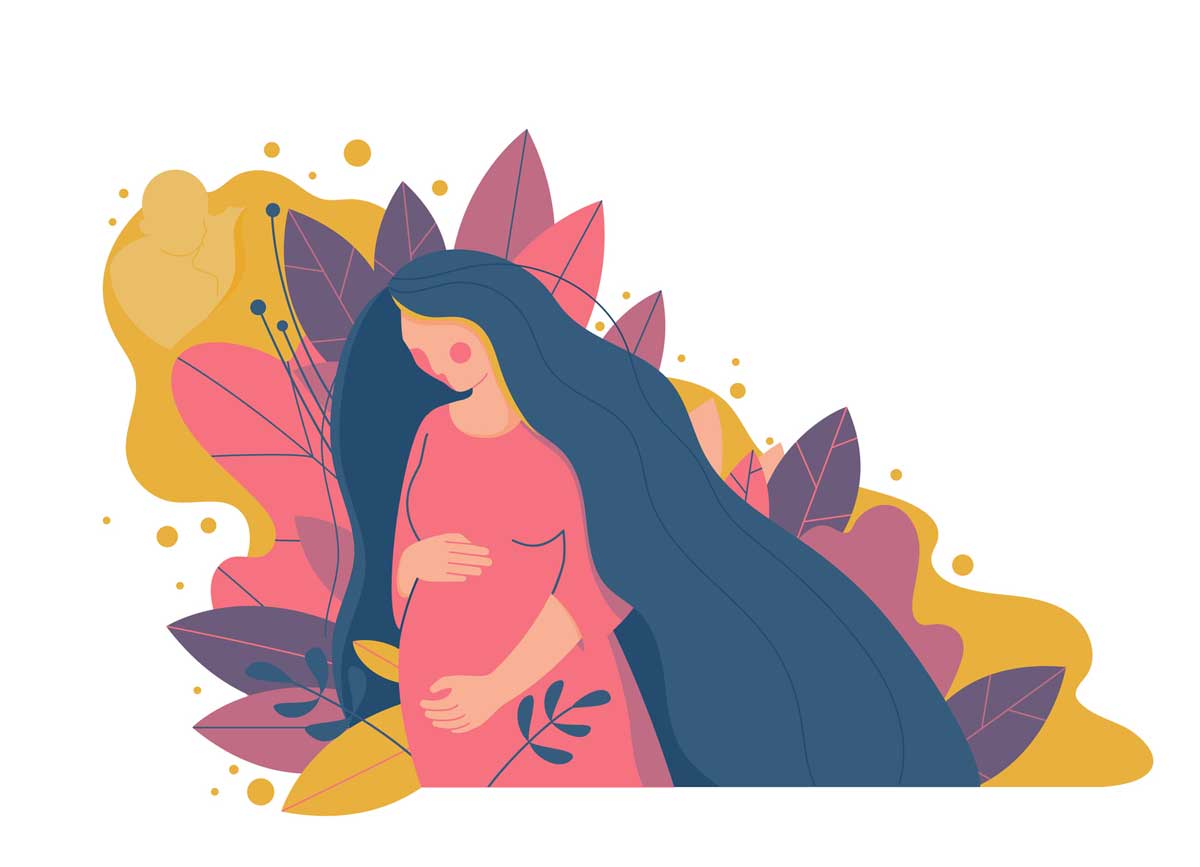FIRST BOOKS by Kathie Johnson
Too Much, Too Soon
Among the people who use my children's library, I have noticed something that raises a recurring concern. Often the parents who come grew up reading widely. They generally have favorite books from their childhood and are eager to share those favorites with their kids. That's a good thing. The problem, in my opinion, is that, too often, these parents are not patient enough; they want to read their beloved books to their children at ages I considertoo young.
Here, I'm generally talking about wonderful books, so I understand parents' eagerness to share them with their children as soon as they feel there will be some understanding. I don't take issue with the quality of their choices, but rather with the timing. So, for example, a parent may begin to read the Narnia series to a five-year-old. Now an intelligent five-year-old may be able to follow the story and even enter into it to a degree. But there are many aspects of the books that will be lost on him (e.g., the big themes, the lovely descriptions, the character formation taking place).
In addition, once a child has had a book read to him, he is often allowed to see the movie. So when the child turns eight or nine and is reading at the right level for the Narnia series, and would be able to understand all the nuances of the story, he may figure that he already knows it well and see no point in bothering to read it for himself. And so he will miss out on some of the best aspects of these books.
This is my greatest concern. When children encounter great (or even just good) books at too early an age, they imagine they know them well, when actually they have only a slim idea of what the books are truly about.
Another concern is that children (and their parents), in their eagerness to get into the meatier books, too often jump over a wide variety of books that are written expressly for the younger elementary-school child. These books can be a rich source of reading pleasure, with content that speaks to the understanding and concerns of children of those ages. I have found that children who read widely in the range of books most suited to their age gain depths of understanding as they are exposed to different times and places and people. And as they grow older, they progress naturally to longer books with more complex and mature themes.
Good Books for the Younger Set
So let me suggest some books that work well with the K–3 age range. First, some good read-alouds: Charlotte's Web by E. B. White, of course; also, Esther Averill's books about Jenny the Cat and the Cat Club; Roald Dahl's James and the Giant Peach; Marguerite Henry's Misty of Chincoteague; Richard and Florence Atwater's Mr. Popper's Penguins; and Beverly Cleary's Ramona series and Henry Huggins books. Some of the Little House books by Laura Ingalls Wilder work well, as do Carolyn Haywood's two series (Betsy for the girls and Eddie for the boys).
Then there are the books that younger children may be able to read independently. John Peterson's The Littles can prepare them for later reading The Borrowers. The Boxcar Children is a great first chapter-book series, and Jill Barklem's Brambly Hedge books, with their detailed illustrations, are delightful. Marguerite de Angeli has written a number of middle-level stories, mostly about Quaker children; Clyde Robert Bulla writes almost entirely for this age range, with varied time and place settings; Avi has a brief series that includes The End of the Beginning; and Rumer Godden has several good books for this age, including The Fairy Doll.
Patricia MacLachlan's Sarah, Plain and Tall is a lovely story, with two sequels to round it out. Children who enjoy her writing at this stage may later look for some of her writing for older children—also quite fine. Tomie de Paola has written three or four engaging books about his childhood, including 26 Fairmount Avenue. Children who grew up on his books may become especially interested in these.
There are also The Knight of the Golden Plain by Mollie Hunter; Lois Lowry's funny and inspiring series about Gooney Bird Greene; Sheila Greenwald's Rosy Cole series; Johanna Hurwitz's books about Russell and Elisa; Janwillem van de Wetering's Hugh Pine books (Hugh is a porcupine); and Julia Cunningham's Maybe, a Mole, and others. A current favorite is the Mercy Watson series by Kate di Camillo. Mercy is a pig who lives with a couple as if she were a child. Both boys and girls like these.
Wait a Year or Two
I've just scratched the surface with these suggestions. I think, if you read some of these books aloud, you'll find that they are "simple" stories in the sense that they don't have many layers of complexity or nuances of character development. They work well for the minds of early elementary-grades children, introducing them to a range of story types. They are mostly well-written, and will help children expand their understanding of the larger world outside their circle of family and friends.
Most of these books will also make good read-alouds for those who have more than one child and want to have a "family read." This topic may require an entire column by itself, and I would love to hear what has worked well for those of you who have, for instance, a girl and a boy at least two years apart in age.
So the next time you feel you can't wait to read The Hobbit to your seven-year-old, consider what a special experience it is to step fully into that alternate world, and to relish the songs, the dramatic adventures, the richly descriptive passages, and the relationships between the characters. Your seven-year-old may be especially bright, but no child of that age has the experiences and brain development needed to enter into that other world quite yet. Wait a year or two or three, and in the meantime, discover all the wonderful books that are just right for now.
Kathie Johnson has always had a love for children's books. She collected many as a teacher and began sharing them with other teachers. In 1986, she opened a children's library in her home, and it has continued to expand over the years. Many home-schooled and schooled children borrow books from it, and she takes great pleasure in finding the "right" book for a child. She attends First Presbyterian Church in Berkeley.
subscription options
Order
Print/Online Subscription

Get six issues (one year) of Touchstone PLUS full online access including pdf downloads for only $39.95. That's only $3.34 per month!
Order
Online Only
Subscription

Get a one-year full-access subscription to the Touchstone online archives for only $19.95. That's only $1.66 per month!
bulk subscriptions
Order Touchstone subscriptions in bulk and save $10 per sub! Each subscription includes 6 issues of Touchstone plus full online access to touchstonemag.com—including archives, videos, and pdf downloads of recent issues for only $29.95 each! Great for churches or study groups.
Transactions will be processed on a secure server.
more on childrens books from the online archives
more from the online archives
calling all readers
Please Donate
"There are magazines worth reading but few worth saving . . . Touchstone is just such a magazine."
—Alice von Hildebrand
"Here we do not concede one square millimeter of territory to falsehood, folly, contemporary sentimentality, or fashion. We speak the truth, and let God be our judge. . . . Touchstone is the one committedly Christian conservative journal."
—Anthony Esolen, Touchstone senior editor









